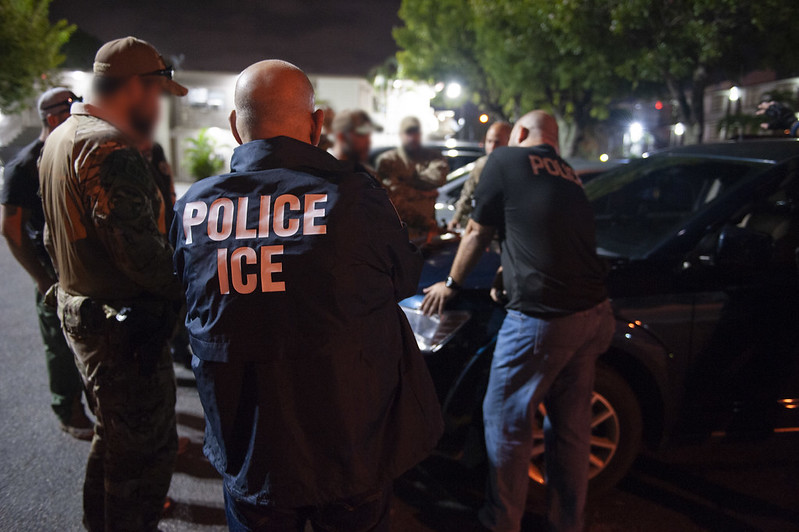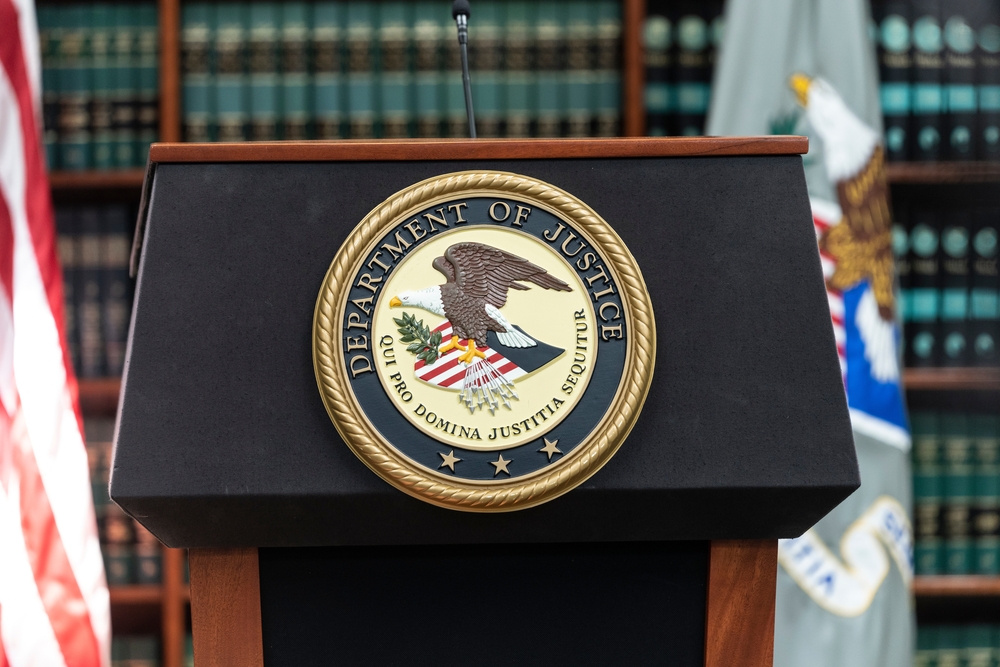
WASHINGTON — The FBI has fired off a letter to the Wall Street Journal disputing a guest column which questioned the FBI’s conclusion that scientist Bruce Ivins was responsible for the deadly anthrax attacks in 2001.
The column concluded that Ivins was in all likelihood not the real culprit.
“Monday’s opinion piece, “The Anthrax Attacks Remain Unsolved,” was filled with inaccuracies and omitted several relevant facts that are necessary for a balanced discussion of the science applied in the anthrax investigation,” said the FBI letter signed by D. Christian Hassell, Ph.D, Director of the FBI Laboratory.
It went on to say the FBI was confident with its findings.
Author of the controversial column, Edward Jay Epstein, who is working on a book on the 9/11 Commission, wrote recently in the Wall Street Journal that “silicon”, an element in the deadly anthrax, which is used to weaponize the material, was not available to Ivins, a scientist at the the U.S. Army Medical Research Institute of Infectious Diseases (USAMRIID) in Fort Detrick, Md.
Therefore, it wasn’t likely that he was the guy.
Ivins killed himself in the summer of 2008 shortly before the FBI said it was about to be charge him in the case. The FBI concluded that Ivins was the guy and case essentially closed.
“If Ivins had neither the equipment or skills to weaponize anthrax with silicon, then some other party with access to the anthrax must have done it. Even before these startling results, Sen. Leahy had told Director Mueller, ‘I do not believe in any way, shape, or manner that [Ivins] is the only person involved in this attack on Congress,'” Epstein wrote in his column.
The FBI letter, which was circulated by the agency on Wednesday, stated:
“From the outset, the FBI’s scientific work in the anthrax case has had a foundation in validation and verification of its approach and conclusions. This process began within weeks of the initial events of 2001 and has included:
*
consultation with numerous subject matter experts in technical panels;
*
collaboration with partner laboratories in government, academia and the private sector throughout the course of the investigation;
*
ongoing efforts to publish our work and that of our partner labs in peer-reviewed technical journals; and
*
analytical data and reports provided to the National Academy of Sciences so they can evaluate the scientific analysis applied to the evidence in the anthrax investigation.
The FBI is confident in the scientific findings that were reached in this investigation. We utilized established biological and chemical analysis techniques and applied them in an innovative manner to reach these findings.”





4 thoughts on “FBI Disputes Wall Street Journal Column Saying Anthrax Case is Unsolved”